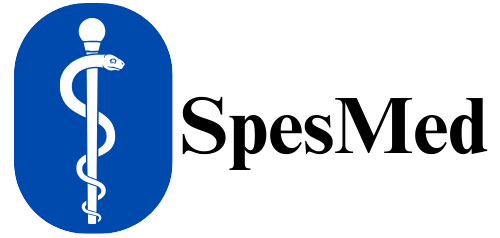Procedure:
Surgical tightening of the junction between the
oesophagus (food pipe) and the stomach
laparoscopically i.e. with the help of a video
camera through tubes in very small cuts in the
abdomen. Tubes will be put through these cuts
to pass the camera and instruments through.
The doctor will fill the abdominal area with
carbon dioxide gas to allow access for the
operation. The tubes are removed and the gas
is then released. The cuts are stitched or
stapled together.
Risks of this procedure:
There are some risks/ complications, which
include:
(a) The television method may fail and the
surgeon may need to do open surgery in 1
in 20 cases.
(b) Damage to large blood vessels, or gut when
the sharp trocar and cannula are inserted to
provide access and gas insufflation. This
may need further surgery
(c) Rarely gas, which is fed into the abdominal
cavity, can cause cardiac and respiratory
complications in 1 in 100 people. This can
be life threatening.
(d) Deep bleeding in the abdominal cavity and
this may need fluid replacement or further
surgery.
(e) Damage to the oesophagus which may
lead to infection in chest. This may need
further surgery.
(f) Damage to the bowel which may cause
leakage of bowel fluid. This may need
further surgery.
(g) Damage to the spleen, in which case it will
have to be removed.
(h) Especially in a male, there may be difficulty
passing urine and a tube may need to be
inserted into the bladder.
(i) Infections such as pus collections in the
abdominal cavity. This may need surgical
drainage.
(j) The bowel movement may be paralysed or
blocked after surgery and this may cause
building up of fluid in the bowel with
bloating of the abdomen and vomiting.
Further treatment may be necessary for
this.
(k) Difficulty in swallowing, belching and
vomiting after the operation. This is
irreversible.
(l) Damage to the vagus nerve, which can
delay stomach emptying. This may require
further surgery.
(m) The wounds may become infected.
Because the wounds are small, wound
infections are usually minor and are treated
successfully with dressings and/or
antibiotics.
(n) Sometimes adhesions (bands of scar
tissue) develop in the abdominal cavity and
the bowel may block – this is a short and
long-term complication, which may require
further surgery.
(o) There may be a recurrence of the problem
despite adequate surgery.
(p) In some people healing of the wounds may
be abnormal and can be thickened, red
and may be painful
(q) Increased risk in obese people of wound
infection, chest infection, heart and lung
complications, and thrombosis.
(r) Increased risk in smokers of wound and
chest infections, heart and lung
complications and thrombosis.
